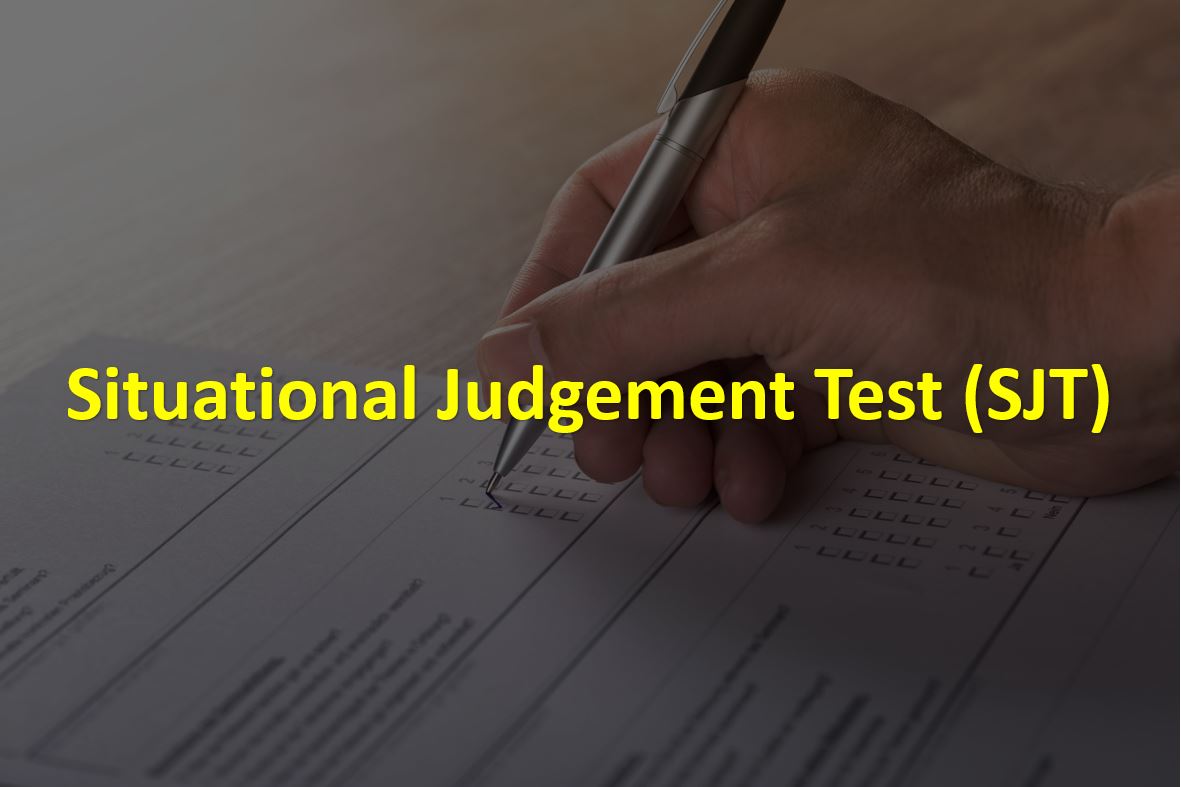Career Readiness Solution uses a variety of exercises simulating a virtual, mock-hiring process typical of what a potential job candidate may encounter. Evaluation of student’s performance on these exercises aligns with the NACE Competencies.
Please use the arrows to navigate through the descriptions of our exercises:

A Cover Letter is a written document typically sent in conjunction with a resume. The cover letter conveys interest in the position, qualifications, and qualities that demonstrate “fit” with the position and the organization.
A Resume is brief account, typically limited to one page, of a person’s education, qualifications, and previous experience. It often forms the core of the initial job application.
A Resume is brief account, typically limited to one page, of a person’s education, qualifications, and previous experience. It often forms the core of the initial job application.

An SJT is a performance predictor in which applicants are presented with a variety of situations that are likely to be encountered on the job and multiple ways to handle each situation. The applicants are required to make a judgment call on the way to handle each situation.

An In-box Exercise requires participants to sort through and act on the context of a typical employee ‘in-box.’ This may include notes, memos, letters, reports, and other materials. In essence, the participant must demonstrate the ability to handle volume and respond with appropriate prioritization and action.

A Structured Interview asks each interviewee the same questions in the same order. Through their responses to these standardizes questions, the interviewee must effectively convey relevant qualifications, skills and experience.

A Leaderless Group Discussion is a group exercise in which members are presented with an issue or dilemma and must discuss how to best reach resolution. LGDs can involve a shared common role or assigned roles. With a shared common role, all group members work toward a common goal based on the same information. With role assignment, group members receive differing background information pertaining to their assigned role and must work toward different goals based on their role.

Students are given resources on etiquette in professional email communication and are given assessment tasks that ask them to identify mistakes in professional emails. CRS has also developed an exercise that evaluates the student’s actual communication with their assessor.

The students are given resources on how to build a professional social media presence. The graduate student assessors rate their publicly accessible social media posts, similar to how organizations review public posts for their applicants.